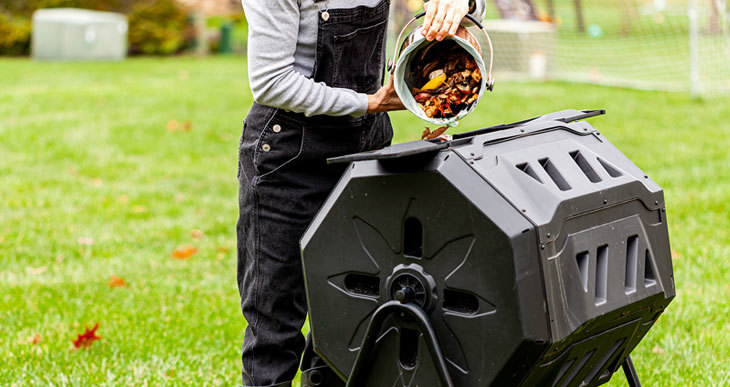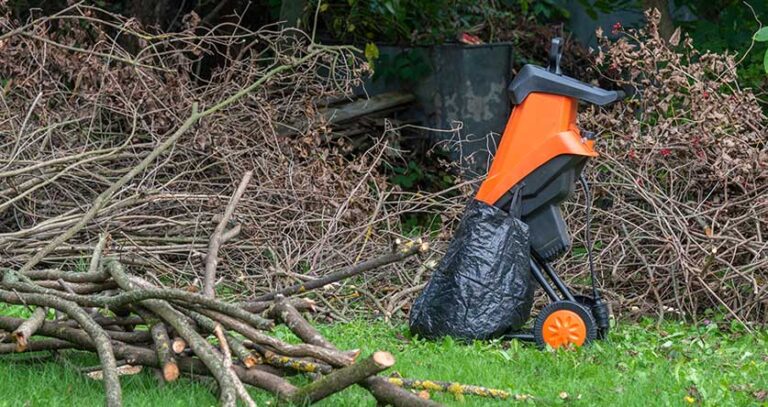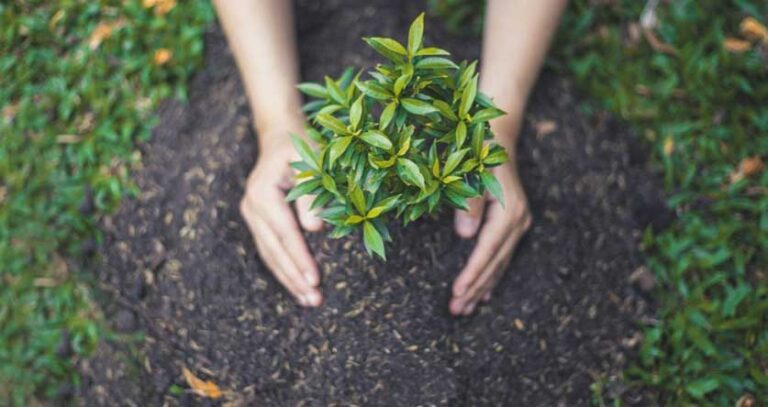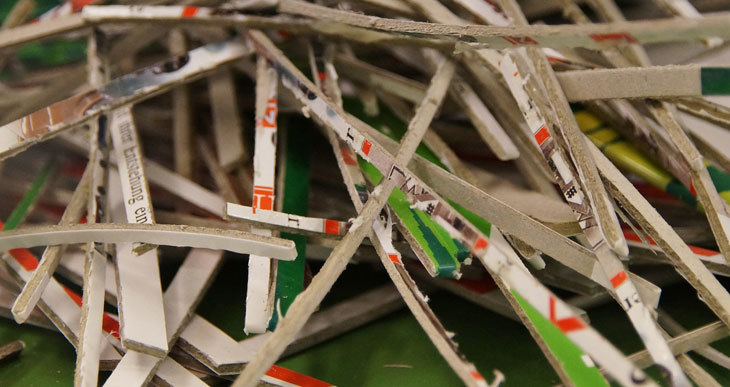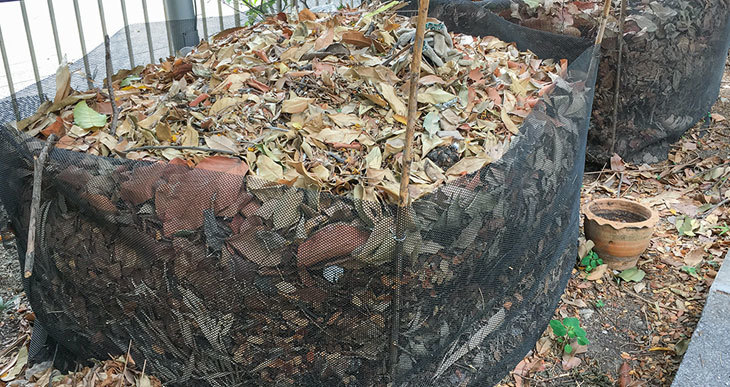How to Layer a Compost Bin for Optimum Composting Success

If you’re looking to start composting, one of the most important things to know is how to layer a compost bin.
“Layering” is a traditional and dependable method for building compost.
It’s like building a “compost sandwich” with varying strata of organic materials.
By layering your compost, you’ll create the perfect environment for bacteria and fungi to break down organic matter into compost.
Not only will this help your composting process run more smoothly, but it also provides a handy system for ensuring the correct proportions of greens to browns.
Here’s a step-by-step guide on how to layer a compost bin for optimum composting success.
How do I layer my compost?
The traditional method for layering compost is done by adding successive layers of organic vegetation alternating between moist ingredients and dry materials in a particular order and in the correct proportions.
One of the tricky things about composting is combining the different ingredients together in the correct proportions. Over time gardeners have developed techniques to make this job more manageable.
The concept of “compost layers” is one of those tricks!
It’s one of the best ways to ensure you get the proper ratio of greens (wet, nitrogen-rich waste) to browns (dry, carbon-rich matter).
Compost Layers
The idea of composting in layers has a long history. For example, England’s Sir Albert Howard developed a composting process between 1924 and 1931 based on “sandwich-like layers.”
But what should be included in those layers?
Most of us are familiar with the idea of green and brown waste. These provide two essential ingredients for composting microbes to function correctly.
But compost needs four essential ingredients to work:
- nitrogen (greens)
- carbon (browns)
- water
- oxygen
By building layers in your compost, you will successfully combine all of the essential components (nitrogen, carbon, water, and oxygen) to promote proper decomposition.
Let me explain…
Green waste is moist and breaks down quickly in the first few days. This can cause compaction, which forces air out. Adding layers of coarse brown materials provides structure and air gaps so that oxygen can circulate. All that’s left is to add water for optimum moisture levels, and all the ingredients will be in place for successful composting!
Now that you understand the basics of layering a compost bin let’s get into the details.
What are the layers of compost?
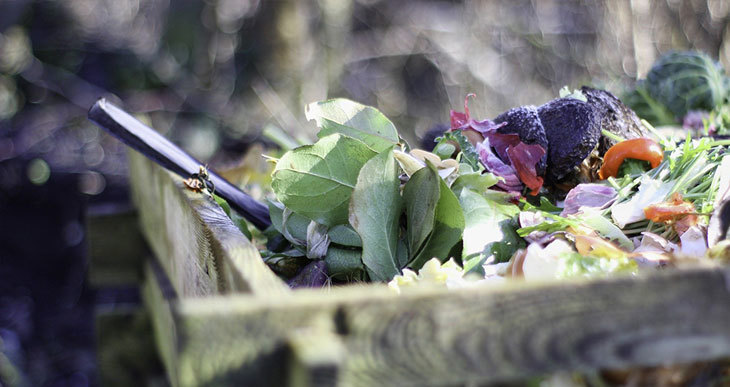
Most people think of layers as the different types of compostable vegetable waste. The green stuff like grass clippings and kitchen scraps. And the brown stuff like fallen leaves or shredded cardboard.
But there’s a bit more to it than that.
If you’re starting a compost bin from the beginning, you need to start by considering the very first layer.
What goes first in a compost bin?
The first layers of a compost bin need to address two issues: drainage and access to beneficial microorganisms.
This actually starts with the place you locate your bin!
You’ll want to find a spot in your yard that’s is open to bare earth (avoid low points that are prone to waterlogging). This facilitates drainage and puts the compost in direct contact with soil microbes, worms, and other microorganisms. Soil is teeming with microbial life!
So you could say the first “layer” is the soil underneath your bin!
Once you’ve found the perfect location, the first thing to go in a compost bin should be a layer of coarse material to promote drainage. This can be a few branches or broken twigs.
Whatever you do, don’t position your bin on a concrete floor. This inhibits airflow and microbial contact with the earth.
Afterward, you can start building layers of vegetable matter that form the bulk of the compost.
Compost layers green and brown
Greens and browns need to be layered in the proper proportions. Too much wet green material can make your pile go soggy. And too much dry brown stuff will dry it out.
Most gardeners recommend combining alternating layers according to the green to brown ratio of 1/3 nitrogen to 2/3 carbon ( one part green to two parts brown).
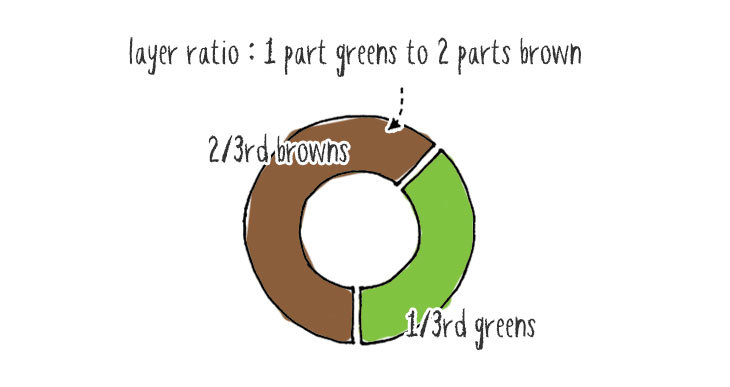
This is the ideal ratio for composting success. But it can be tricky to achieve in practice!
This is another reason why the rule of thumb “layering” process can be helpful.
How thick should compost layers be?
It’s generally recommended to add vegetable matter in layers with a depth of up to 6 inches.
Some people go up to 8 inches, but in practice, it depends on how much organic waste you have available for composting at a particular time.
Fall is an ideal moment for starting a compost bin because you have an abundance of all types of garden waste available. The advantage of this is that you can create a large compost bin in one go. The larger the mass of composting matter, the better the conditions for heat generation and successful decomposition.
Tip: If you don’t have enough at a particular moment, consider stockpiling materials until you’re ready to build one big heap.
Additional compost layers
We’ve covered the green and brown components and the very first base layer, but there are some “additional” layers that you need to be aware of.
These include things like:
- water
- compost inoculators
- compost starters or boosters
- potash
Water should be considered as a layer in your compost building process. The biggest problem with making compost is making sure all parts are sufficiently damp.
For this reason, you should moisten the layers as you go.
Compost inoculators are basically anything that adds beneficial organisms to help get the rotting process off to a good start. This could be soil, finished compost, or a commercial bacterial activator like this (Amazon).
A compost starter is sometimes used to boost decomposition. This is recommended when you lack green materials that help things break down faster than brown feedstocks. A simple compost starter is something like coffee grounds (this is high in nitrogen). Again you’ll find some good commercial compost starters. (Amazon)
Potash is just wood ashes. It has a high potassium content (an essential nutrient for plants). If you recover ashes from a wood fire, sieve them to remove the larger particles and keep a pot near your compost bin. Add it in thin layers every 18 inches or so.
Order of compost layers
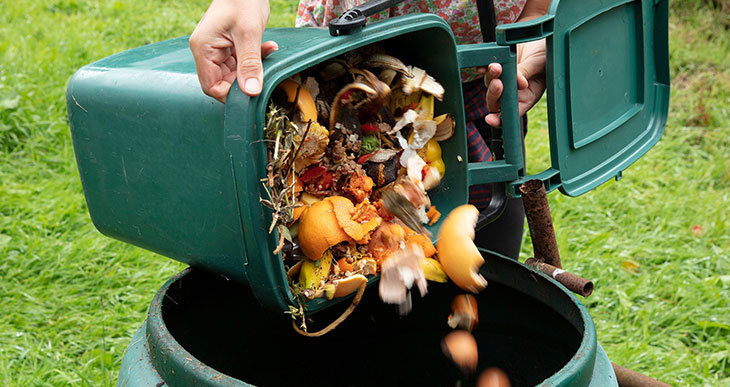
So what is the compost layering technique that allows us to put all these different components together?
Now you know what each of the layers is comprised of, here is a formula for building your “sandwich” of layers:
Start with a layer of coarse materials in the bottom of the bin to facilitate drainage.
- Add a layer of 3 to 4 inches of green materials (This is the first ⅓ nitrogen), For example, fresh leaf trimmings, grass clippings, fruit and vegetable scraps.
- Sprinkle 1 or 2 inches of soil on top (or finished compost). This “inoculates” the pile by adding microorganisms. These organisms need the nitrogen in green waste to start feeding, so layer it on top of greens rather than browns.
- Then lay down about 6 to 8 inches of carbon-rich organic matter (This is the other ⅔ of the green-brown ratio). This could be dead leaves, straw, wood chips, or shredded newspapers. The important thing is that this material is dry and carbon-rich.
- Now add a “layer” of water. Green materials are already “wet,” but dry brown materials must be thoroughly moistened.
Repeat the process until you’ve added all your vegetation. The order is:
- Greens
- Soil
- Browns
- Water
- Then repeat…
Suppose you intend to include complementary substances like potash or compost starters. In that case, you could do this after each group of greens and browns.
Compost layers diagram
It can be helpful to have a visual reference when building your compost bin. This compost layers diagram provides a clear overview of the layering process.
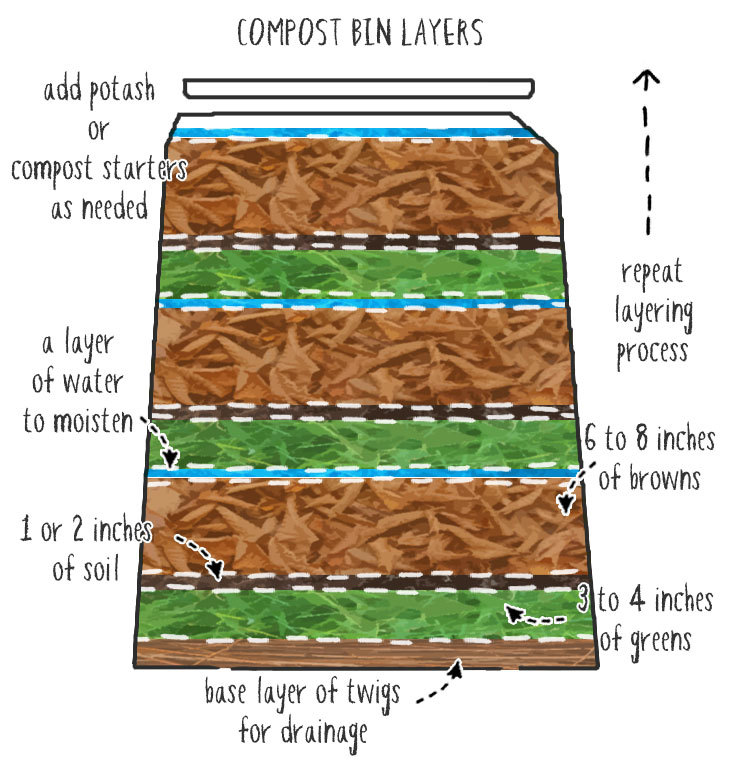
Conclusion: Do you have to layer compost?
The layering method is a good rule of thumb for balancing composting materials.
But don’t worry if your layers aren’t perfect!
As long as there’s a mix of both greens and browns, and you monitor the compost for signs of problems, the composting process will eventually even things out.
And remember, you can always adjust the proportions as you go along. For example, if your pile seems too wet, add more browns. If it’s too dry, add some greens and water.
And that’s it! Now you know how to layer a compost bin for optimum composting success. Just remember the four essentials: nitrogen, carbon, water, and oxygen. Add layers of green and brown waste in the right proportions, and your compost will be on its way to becoming a nutrient-rich soil amendment!
related: How to use a compost bin


